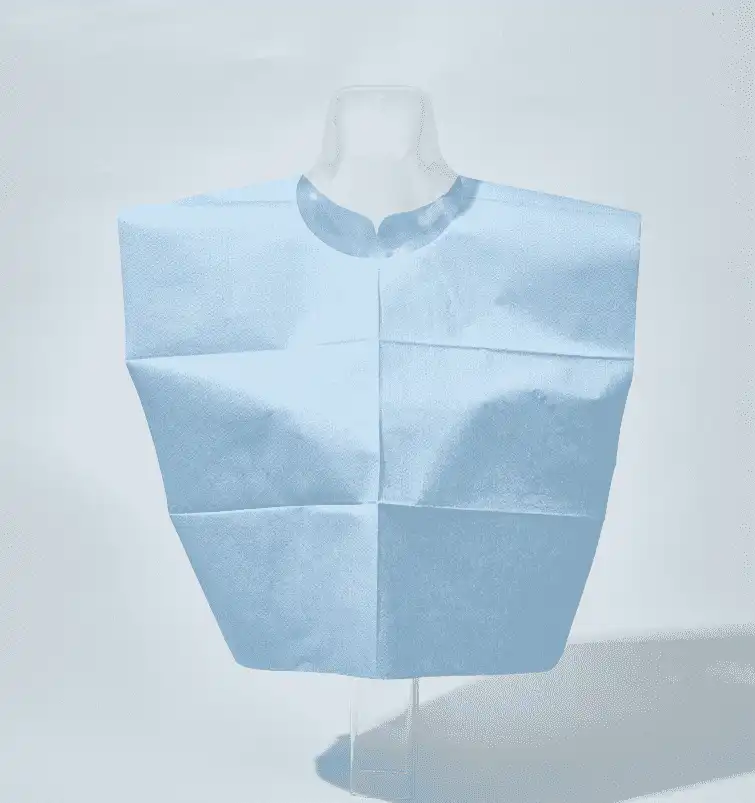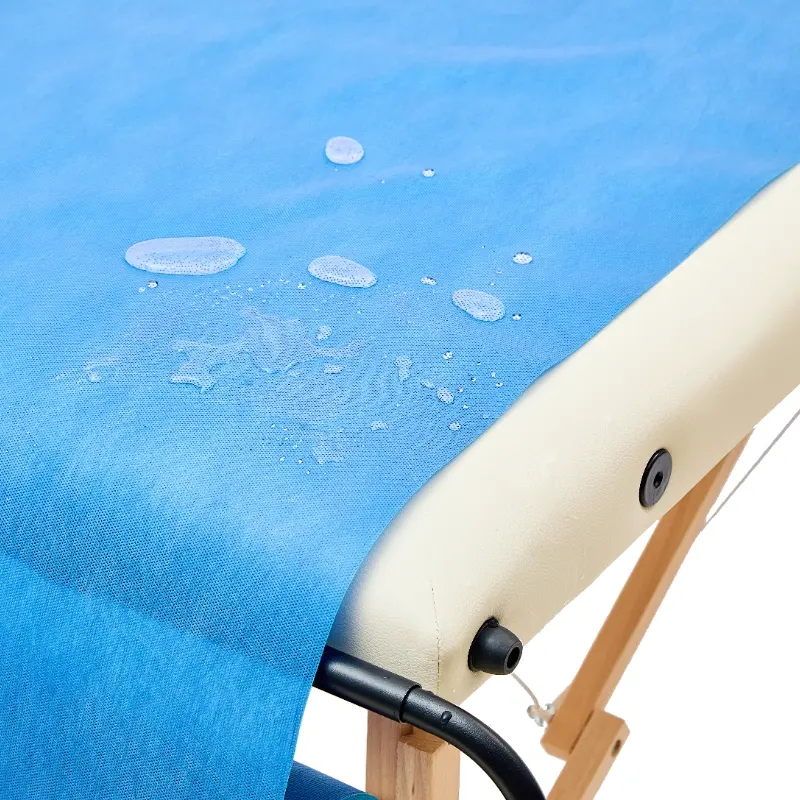Empower Your Clinical Lab With Compact Chemiluminescence immunoassay technology (CLIA)
Chemiluminescence immunoassay (CLIA) has gradually expanded from tertiary hospitals into specialized departments and primary care settings. With its high sensitivity, specificity, and automation potential, CLIA is rapidly replacing traditional ELISA as the mainstream immunoassay method in developed markets such as Europe and the United States.
1. Why Poclight compact CLIA is a Game-Changer
Rapid Turnaround: From Sample to Result in Minutes
Unlike conventional systems that require batch processing and long incubation, POCT CLIA system offer test results in as little as 10 minutes, ideal for emergency rooms, ICUs, and point-of-care use.
Lab-Grade Accuracy, Miniaturized
Backed by latest technology CRET technology, optimized chemiluminescent reagents, and advanced signal processing, portable CLIA platforms maintain sensitivity and specificity on par with large-scale lab systems, supporting reliable CLIA diagnosis at the bedside or in rural clinics.
All-in-One Automation: Mix, detect
Modern CLIA analyzers are equipped with automated mixing, and detecting without a complex liquid circuit—minimizing contamination and consumable costs.
Cost-Effective Operation
Designed to work without cold-chain reagents and bulky hardware, mini CLIA system slower total cost of ownership, supporting both public health deployments and private clinical settings.
2. Use Case Scenarios
Emergency Departments & ICUs
Where every second counts, rapid, on-site testing for cardiac markers, infection indicators, or hormones can guide life-saving decisions without waiting for central lab results.
Community Clinics & Primary Care
In rural or suburban clinics, mini CLIA enables lab-quality results for chronic disease management and preventive screenings without requiring advanced lab infrastructure.
Mobile Labs & Emergency Response
Disaster relief, remote field hospitals, and medical vehicles benefit from battery-powered, compact diagnostic units that are easy to deploy and operate on the move.
Global Health Missions
Organizations working in low-resource countries can rely on CLIA systems for affordable, high-quality testing across multiple disease categories—improving equity in diagnostics.
3. Global Market Landscape
According to Grand View Research, the global POCT market is expected to exceed USD 57 billion by 2030, growing at a CAGR of over 10%. CLIA is emerging as a high-growth subsegment within this space.
- Latin America: Rising healthcare investments and remote populations create strong demand for compact diagnostics.
- Southeast Asia: Aging populations and government-driven decentralization initiatives open vast market opportunities.
- Africa: Diagnostic access in rural areas is critical for combating infectious and chronic diseases—compact CLIA fits this need precisely.
- North America & Europe: While centralized labs dominate, compact systems fill critical gaps in emergency and home testing scenarios.
4. Evolving Toward Smarter and Higher Throughput Solutions
With the rising demand for interoperability, digital health, and cloud connectivity, CLIA systems are evolving into intelligent platforms. Poclight is enhancing its system software to optimize module coordination, improve operational efficiency, and enable features like remote monitoring, QC tracking, and centralized data sharing.
5. Discover the Future of Decentralized Diagnostics with Poclight
Whether you're looking to expand testing capacity in small labs, bring high-quality diagnostics to remote areas, or streamline operations in emergency settings — Poclight’s POCT chemiluminescence systems C5000 offer the ideal solution. With cutting-edge automation, cost-efficient design, and a growing assay menu for clinical testing, we help healthcare providers deliver faster, more accurate, and more accessible diagnostics.
Connect with us today to learn how Poclight can support your diagnostic needs — from OEM/ODM partnerships to ready-to-deploy solutions tailored to your market.










